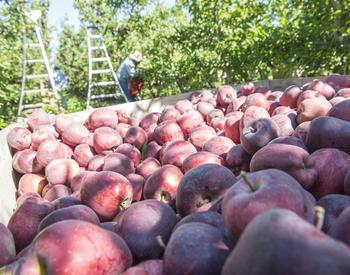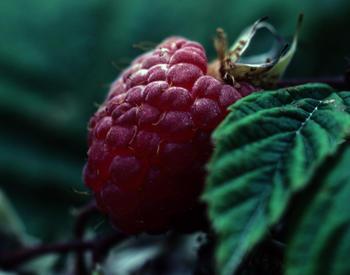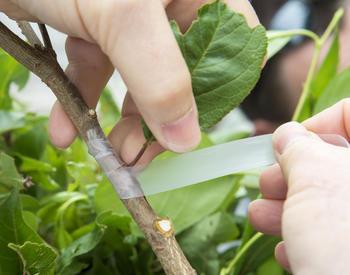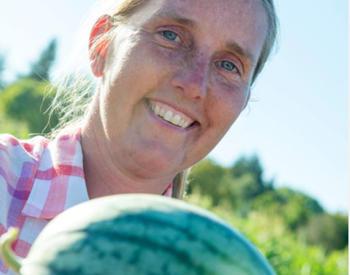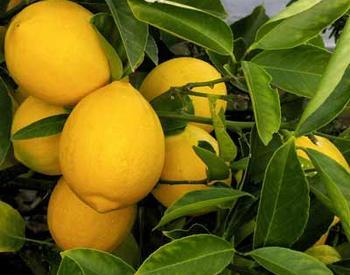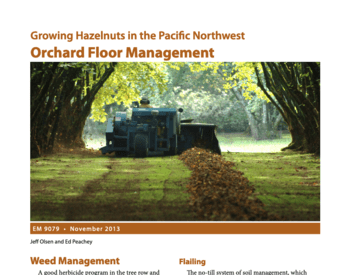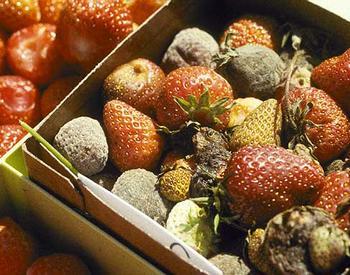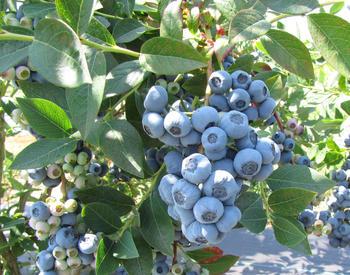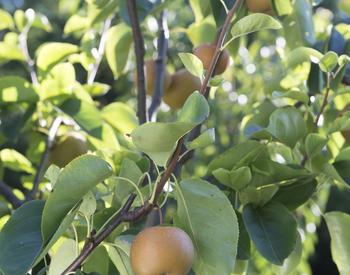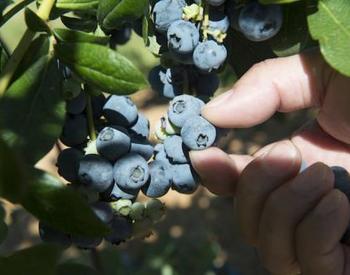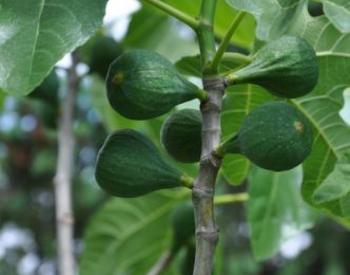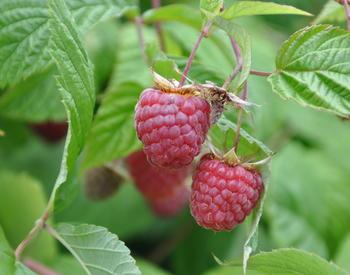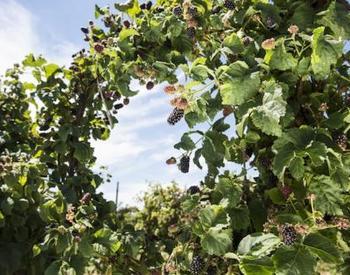Tree selection
January, February and early March are the best months in Oregon to select a bare root tree from a nursery. Bare root trees cost less and have their roots exposed so you can see how healthy they are. Planting these trees immediately after purchasing them in early winter provides a valuable element of time so they will be well rooted before the heat of summer.
After inspecting the roots, look for a trunk caliper (diameter) with a width of about one-half of an inch. If the tree caliper is less than three-eighths of an inch, the tree is considered weak. If the tree caliper is more than five-eighths of an inch, the tree roots will often have difficulty providing enough water and nutrients during the first summer. The graft union should also be well-callused with no breaks in the bark or holes in the wood.
Rootstocks
Select a tree from a nursery that matches the needs of your site. Most fruit varieties are grafted on size-controlling rootstocks, or rootstocks that are tolerant of wet soils or certain insect pests. It helps to know the characteristics of these rootstocks. (See Table 2 in OSU Extension publication Growing Tree Fruits and Nuts (EC 819).) Apples have the greatest number of rootstock options. In most cases, homeowners are encouraged to use semi-dwarf rootstocks like EM 7 or MM 111 because these trees do not need to be staked and will produce larger crops than the dwarfing rootstocks MM 9 or MM 26. The latter two rootstocks would be preferred if a homeowner has very limited space. Most trees sold in nurseries as semi-dwarfs are on EM 7.
Recently, dwarfing rootstocks for sweet cherry trees have become available in nurseries for the homeowner. Rootstocks named Gisela 5 (very dwarfing) and Gisela 6 (slightly dwarfing) are common. Many cherry trees are still sold as standards with a Mazzard rootstock. These standards and trees on Gisela 6 should only be planted if you have about 18—20 feet spacing to spare. You can keep these trees smaller through your pruning practices, but it is a lot of work.
Size-controlling rootstocks for pears, plums, prunes and peaches are available but most produce poor-quality trees that are not productive. Go with the trees produced by nurseries. Pears, plums, prunes and peaches can all be maintained as medium-sized trees through pruning practices.
Varieties
Oregon's climate allows a large number of cultivars to be grown successfully. Refer to Table 3 in Growing Tree Fruits and Nuts to review OSU's recommendations. Comments in the publication identify areas where various cultivars are best suited, a well as information about their disease resistance and cross pollinators. These are critical points if you want to reduce the number of fungicidal sprays on your trees. Some cultivars need partners for pollination.
In the past few years, many sweet cherry varieties have been released from programs in British Columbia and Washington. Many of these varieties are self-fruitful. If you have only enough room for one cherry tree in your yard, you should choose one of the following varieties:
- Lapins, Sweetheart, Skeena and Staccato all ripen several weeks after Bing.
- Benton and Selah are also self-fertile. Benton will ripen just ahead of Bing, and Selah will ripen between Bing and Lapins.
Each of these varieties has a unique taste and some resistance to cracking from rain more than other varieties (Attika, Benton, Lapins, Sweetheart). If you have room to plant more than one variety, this will extend the fresh fruit season by as much as three to four weeks.
